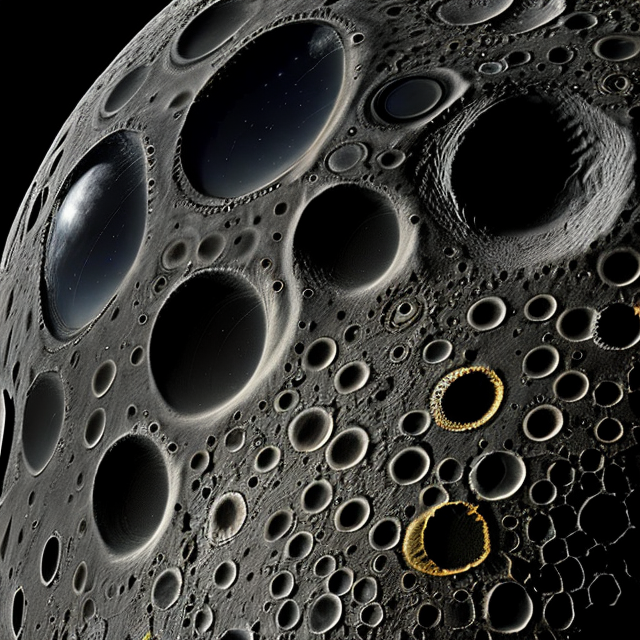|
|
Space Astro
|
Info for exoplanet "Pesao Franrax"
| Scientific (actual) data |
|---|
| Name | Kepler-254 d |
| Planet status | Confirmed |
| Radius | 0.223 |
| Orbital period | 18.7465 |
| Semi major axis | 0.139 |
| Discovered | 2014 |
| Updated | 2021-02-05 |
| Tconj | 2454980 |
| Impact parameter | 0.15 |
| Publication | Announced on a website |
| Detection type | Primary Transit |
| Alternate names | 2MASS J19123952+4548594 d, K00934.03, KIC 9334289 d, KOI-934 d, KOI-934.03, WISE J191239.50+454859.2 d |
| Star name | Kepler-254 |
| Right ascension | 288.17° |
| Declination | 45.82° |
| Mag j | 14.675 |
| Mag h | 14.268 |
| Mag k | 14.254 |
| Star distance | 1446.45 |
| Star metallicity | -0.191 |
| Star radius | 0.91 |
| Star temperature | 5957 |
| Star alternate names | 2MASS J19123952+4548594, KIC 9334289, KOI-934, WISE J191239.50+454859.2 |
| Wikipedia article | Kepler-254 d |
Back
| |
| Fictional info (?) |
|---|
| Suggested name | Pesao Franrax |
| Planet type | Terrestrial |
| It has the longest rotation period (445 days) of any planet in its solar system and rotates in the opposite direction to most other planets.
This pleasant planet is inhabitated by odd primitive herbivores called the "Kokivione". They survive by devouring plants if they can. They are believed to be related to the Saxanomia Ad but with 5 arms and vary in size from 50 to 60 meters. The Kokivione are able to survive temperatures from 40 to 130°C and also prolonged periods without food which is common on this planet. |
| Estimated population | 10000000000 |
| Atmosphere | Carbon dioxide | 89% |
| Methane | 10% |
| Water | 0.029% |
| Oxygen | 6.0E-6% |
| Atmospheric pressure | 0.0014 bar |
 |
| No known satellites |
| Google search for Pesao franrax |
|
Website by Joachim Michaelis
|
|
|
|